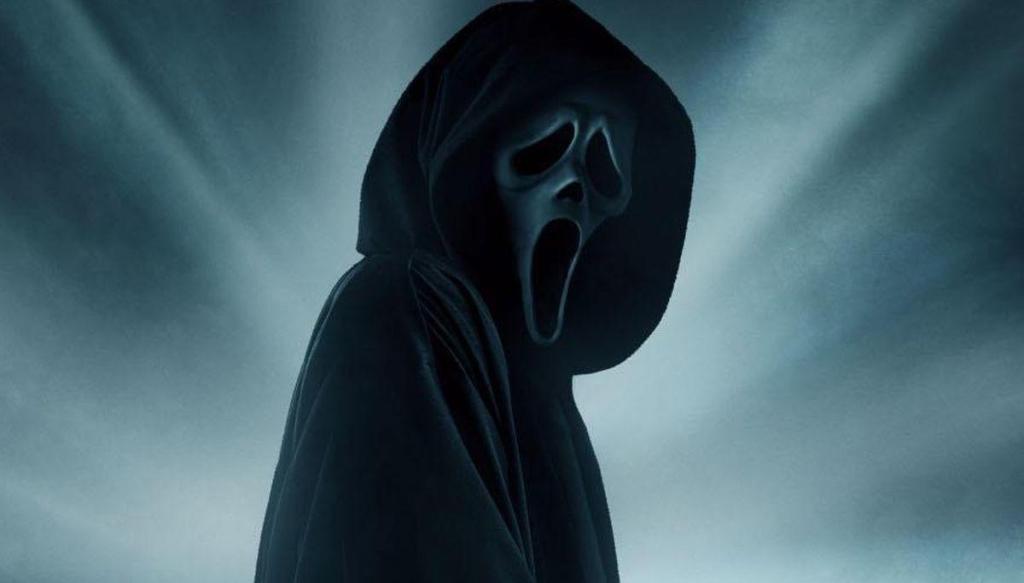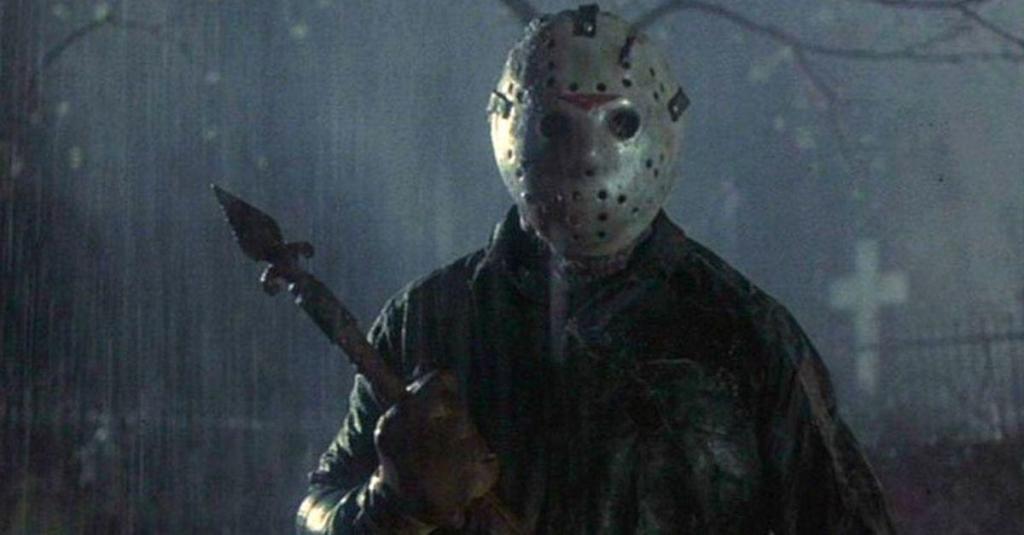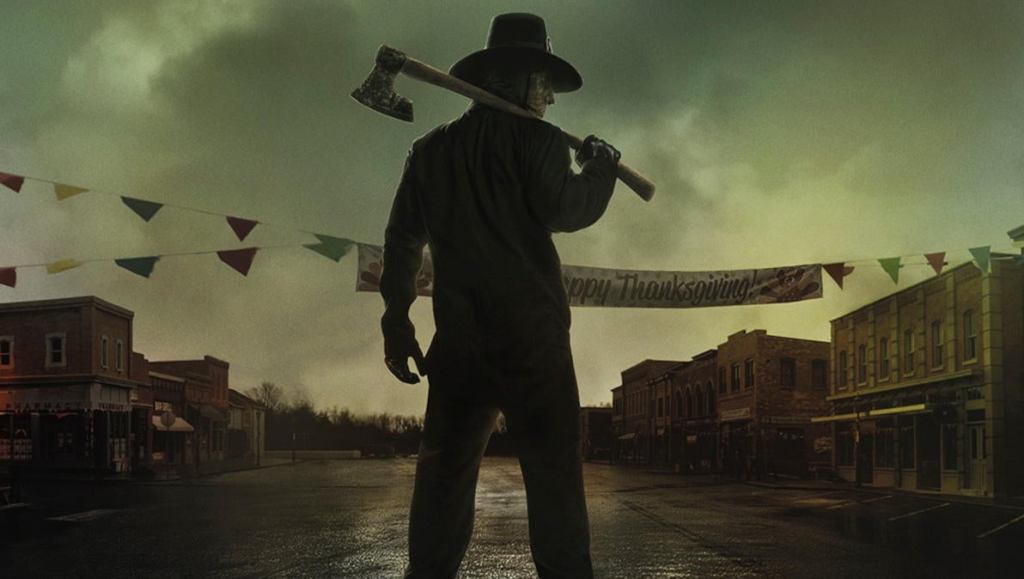Arthur Fleck was supposed to be the talk of the town this fall, as Todd Phillips’ Joker: Folie à Deux was expected to follow in the ultra-successful footsteps of its billion-dollar, Oscar-winning predecessor. That sure didn’t happen. As WB’s Joker sequel bombs in phenomenal fashion, another sadistic clown is getting the last laugh, and he’s showing just how much moviegoers still love seeing slashers on the big screen.
Terrifier 3 is the latest installment in Damien Leone’s independent horror franchise that follows the horrifying actions of horror icon-in-the-making Art the Clown. The film is so dark, brutal, and gory that some audience members have reportedly been vomiting in response to the carnage. Those stories have only increased the hype for the Terrifier movies, shockingly leading the new installment to a victory at the domestic box office this weekend. Terrifier 3 toppled the Joker sequel with more than $19 million in ticket sales. It only cost around $2 million to make.
Videos by ComicBook.com
There are a lot of lessons to be taken from Terrifier 3‘s surprise success, but perhaps the biggest is that moviegoers — especially horror fans — haven’t been getting the kind of films they’ve always loved. The slasher subgenre in particular has been in a tough spot for decades, and a smash-hit success like Terrifier proves how big of an audience there really is for these types of films.
Now, this isn’t to say that we haven’t had great horror movies in recent years — we absolutely have. With studios like Neon and A24 rising up alongside franchises like The Conjuring and A Quiet Place, horror fans have been spoiled in some regards. This also isn’t to say that we want more movies just like Terrifier. Personally, I’m not a big fan of Art the Clown or his films. I think they rely too much on gore and shock to be particularly effective. But Terrifier represents something that our generation hasn’t really experienced to this point: a slasher franchise to call our own.

A lot of the memorable modern slashers that actually reached big audiences have been a part of long-running franchises from decades past. The Scream films continue to find a way to reinvent themselves. Universal and Blumhouse just released a whole trilogy of Halloween films. There’s a Friday the 13th prequel series in the works at Peacock. Studios have been relying on nostalgia almost exclusively when it comes to slashers that actually get wide releases or big marketing pushes.
The rise of streaming and the studio reliance on major IP obviously factor into this. Big expensive movies with major stars or franchise connections are going to theaters, while anything that could be a small win gets either axed or sent to streaming. This is a problem that needs course-correcting in basically every genre, it’s just particularly glaring when you look at slashers.
But there’s very obviously a demand here. It doesn’t even seem to matter if the films are all that good, as long as there is some kind of hook to them. The first Winnie the Pooh: Blood and Honey movie is one of the worst reviewed films of the past couple of years, yet the incredibly low budget and inclusion of beloved childhood characters helped spawn an entire franchise. (It’s worth noting that the second Blood and Honey is exponentially better than the first.)
The first Terrifier movie back in 2016 was released to average reviews and made very little money. But, again, it was an independent feature that cost next to nothing, and it had a major hook that people hadn’t seen in a while. Terrifier had a charismatic killer in Art the Clown to slap on posters and merchandise. In the years since, Art has become a genuine staple of Spirit Halloween stores, which in turn has generated interest in the Terrifier films from people who haven’t already seen them.

Think back to the big slasher boom of the 1980s. Many of those films — good or bad — made money because they delivered something people wanted and they cost pennies compared to other projects. The films that turned into iconic franchises were able to do so by creating unique antagonists and involving them in ongoing stories that only boosted their legacies.
Studios have become so obsessed with chasing nostalgia and past IP that they forgot how that IP was created in the first place. Michael Myers, Jason Vorhees, Freddy Krueger, Chucky, Ghostface; all of these horror legends were created in real time. Fans were surprised by something innovative like Halloween or The Nightmare on Elm Street and continued going back to the theater to see how those stories continued. Now, studios are simply trying to skip that step, hoping people will be excited enough about the slashers their parents watched that they’ll want to be part of the next generation of fans.
That will only go so far. Eventually, interest in Michael Myers will fizzle out. Ghostface will become a relic of the past. What then?

Terrifier and Art the Clown are showing there’s a way forward, as long as studios are willing to take small wins as opposed to trying to launch the next big connected universe. Just last year we saw an original slasher get through the Hollywood studio system and actually get a shot to launch a franchise of its own. Eli Roth’s Thanksgiving had no previous franchise connection (save for the beloved Grindhouse trailer) and the biggest star on the call sheet was Patrick Dempsey. Nevertheless, the film made more than $46 million on a $15 million budget, and Sony quickly ordered a sequel.
Horror audiences love these slasher franchises. We crave them. It’s impossible to count the number of times Halloween and Friday the 13th films are rewatched every October. But none of those franchises really belong to us, they’re simply leftover from a bygone era that younger fans constantly wish we could’ve lived through. There’s a built-in, hungry audience anxiously awaiting the next slasher boom.
The question is, are the studios going to do anything about it?

